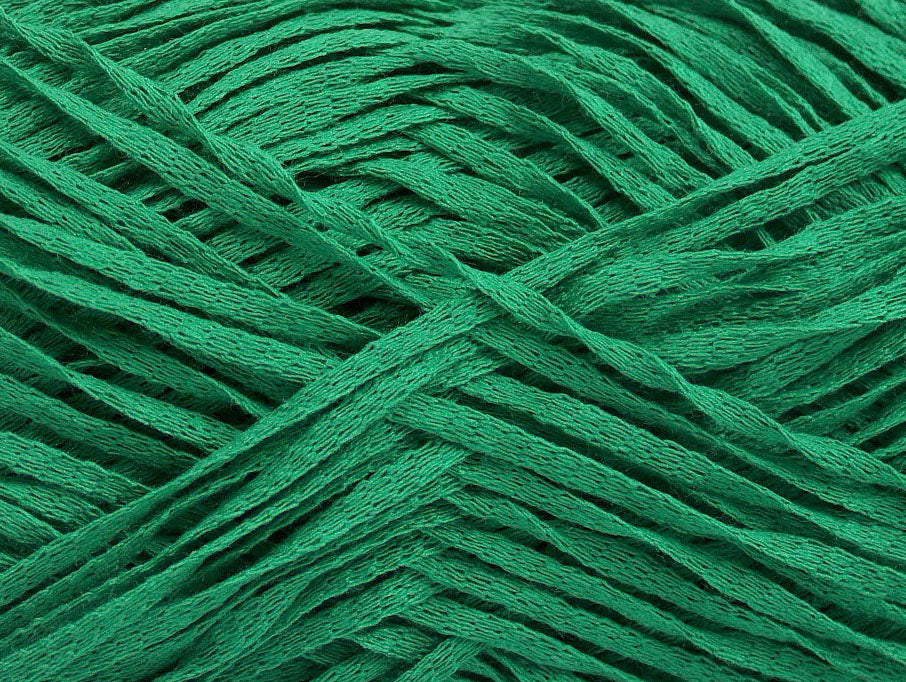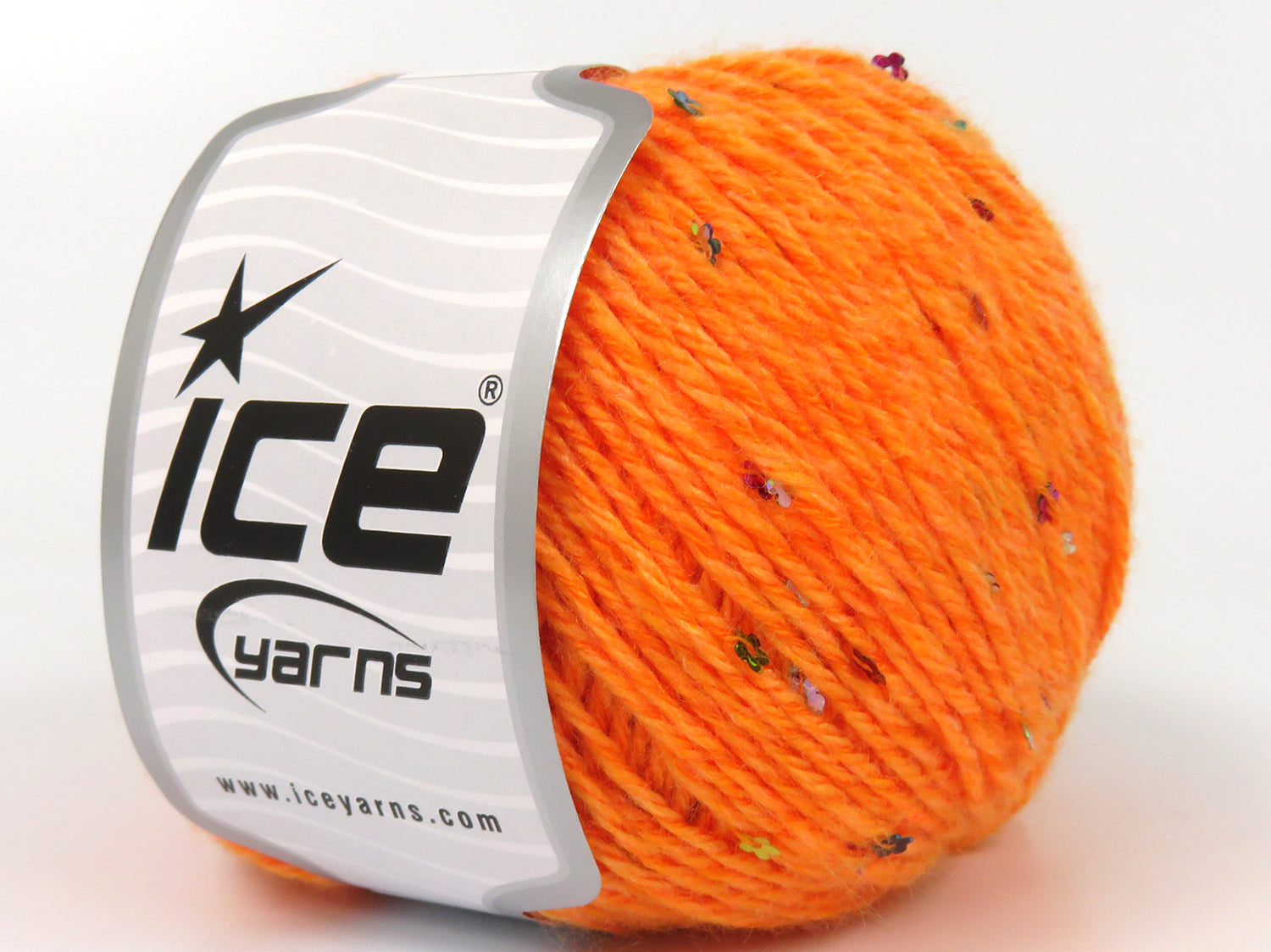
Hemp Yarns
Partager
What is hemp yarn?
Hemp yarn is a less common cousin of other plant fibers that are frequently used in knitting (the most common are cotton and linen). It has several drawbacks, but it can also be a terrific choice for some tasks (it’s great for knitting market bags and dishcloths when blended with cotton).
It is a textile manufactured from fibers from the stalks of the Cannabis sativa plant. For millennia, this plant has been recognized as a source of highly tensile and durable textile fibers.
Now, what can we make with hemp yarn?
What can we make with hemp yarn?
Hemp is a robust, inelastic yarn suitable for market bags and home accessories like tablecloths and coasters. It’s also ideal for bags, lace bandanas, and bead projects. Plus, when combined with cotton, it makes excellent dishcloths.
Which is better, cotton or hemp?
HEMP USES MUCH LESS WATER COMPARED TO COTTON: Hemp requires half the land for 2,000 lbs of fabric material than cotton, which requires four times more water and significantly longer growing period.
HEMP ENRICHES THE SOIL IT IS GROWN ON, COTTON DOES NOT: Hemp is a sustainable rotation crop. The whole crop can be utilized; the stalk for fiber and leaves and hurds put back in the soil as fertilizers. Cotton, on the other hand, reduces soil fertility making it hard to grow the next round of crops.
HEMP DOESN’T REQUIRE PESTICIDES, COTTON DOES: Hemp plant is naturally resistant to most pests and diseases, eliminating the need for pesticides and herbicides. Hemp is a more eco-friendly crop than cotton. Overall, it appears that cotton is a soil-degrading crop requiring lots of fertilizers, herbicides, and pesticides.
From the above discussion, hemp is certainly the better choice. Consider hemp the next time you make a purchase. There are plenty of hemp clothing brands in the fashion industry, making the shift simple.





























